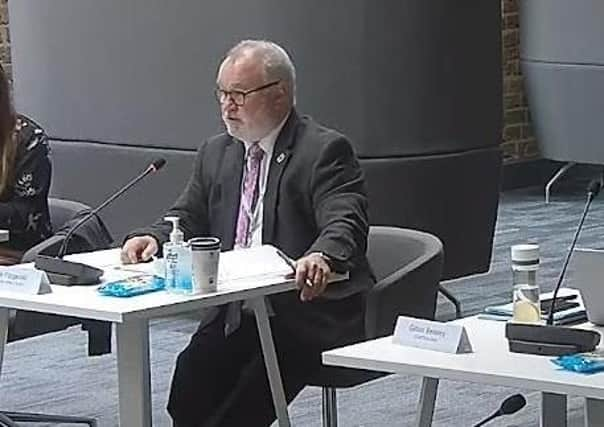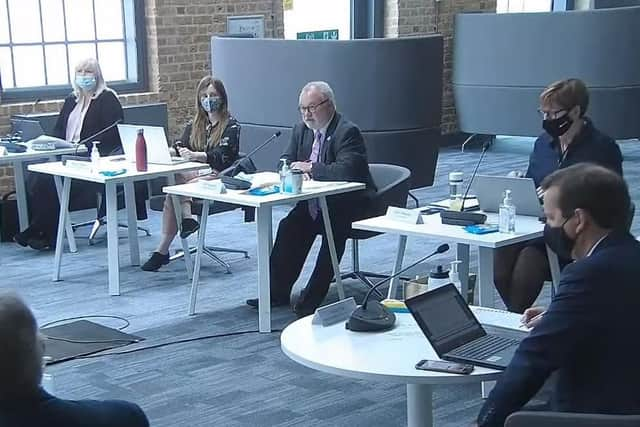Plans to build hundreds of council houses in Peterborough approved by Cabinet


Peterborough City Council Cabinet members have agreed at recommendation that it provide a minimum of 1,200 council houses by the year 2032.
Addressing members at Sand Martin House (June 21), Cllr Wayne Fitzgerald, attending his first Cabinet meeting since becoming leader, said: “I don’t want to sound overly political in my agenda, but it Is this Conservative administration that will supply these council houses, because we can do so.
Advertisement
Hide AdAdvertisement
Hide Ad“It is this Conservative administration that is taking its responsibilities to those in need of social housing, and pushing them through – and I want to be clear about that because as has been mentioned in the papers today, others might make representations or try to take credit for this; but our ambitions are realistic in the 1,200 council homes that you have listed – not the 5,000 that others perhaps might tout as being actually deliverable.


“This is a public forum and they need to know that it is this administration that is enabling this program of house building and taking it forward.” Michael Kelleher, the council’s Director of Housing said: “The Council faces increased financial and social pressures from the number of households presenting as homeless and the high levels of demand from households on the Housing Register.
“Despite all efforts from our housing association partners to increase the delivery of affordable homes, and the Council’s efforts to maximise the availability of private sector options, supply has failed to meet housing need and is expected to continue to fall below the levels needed to meet housing need in future.
“There are concerns that homelessness, both at a local and national level, is likely to rise as restrictions are lifted and the economic impact of the pandemic continues to be felt.
Advertisement
Hide AdAdvertisement
Hide Ad“We have already seen a slight increase in the number of households in temporary accommodation since the stay-at-home order was lifted and family and friends are no longer willing to allow people to stay with them.
“Extrapolated over the next 12 months, this could result in around 60 more households in temporary accommodation by the end of 2020/21.
“We estimate that the eviction ban prevented around 300 households facing eviction in 2020/21. These families are at risk of becoming homeless when the ban is lifted and, although not all will end up in temporary accommodation, many will.
“The level of unemployment could increase when the Furlough Scheme ends (September 2021) as employers are unable to meet their wage bill.
Advertisement
Hide AdAdvertisement
Hide Ad“This could result in household finances struggling which could result in a spike in people losing their homes.
“If this happens, we estimate that the impact on the rented sector will be felt in the last quarter of 2021 and on the mortgage sector in the first quarter of 2022.
“If each of these happen, the number of people presenting to the council as homeless could increase significantly, with the number of households in temporary accommodation also increasing. This will put substantial additional pressure on the General Fund.
“The model assumes that the Housing Revenue Account (HRA) will start in 2022/23 (Year 1) and that the Council will build and/or buy around 1,200 properties in the first 10 years.
Advertisement
Hide AdAdvertisement
Hide Ad“A portfolio of this size is prudent yet sufficient to complement the work of our housing association partners in tackling homelessness.
“However, recognising the Council’s ambitious growth agenda it has an ambition to go beyond this and deliver 2,000 new council homes in the first 10 years.
“Concentrating our new build and acquisitions in the first 10 years means we have greater certainty over interest rates (one of the variables that has most impact on viability) in the early years of the HRA when the Council is borrowing most of the money it needs to deliver the new homes. Rents will be set at Local Housing Allowance levels.”
Cabinet members agreed unanimously to adopt the building program of a minimum of 1,200 council houses by the year 2032.